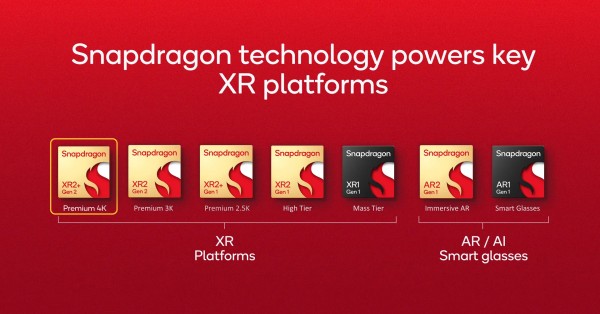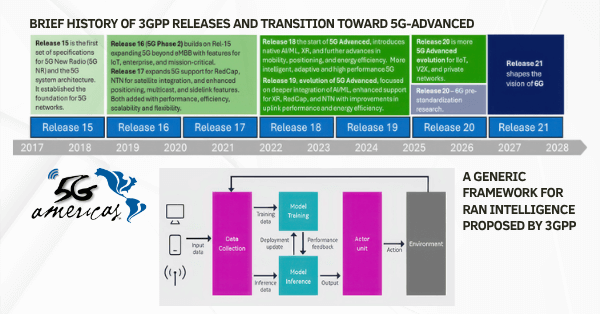The telecom industry is undergoing a transformative shift with the integration of Generative AI technologies. Generative AI, with its advanced algorithms and data-driven capabilities, is revolutionizing various aspects of telecom operations, from network management and security to customer service and marketing. This article delves into the diverse use cases of Generative AI within the telecom sector, highlighting how these technologies enhance operational efficiency, optimize network performance, and improve customer experiences.
Telecom Network Management and Operations with Generative AI
Generative AI is transforming network management by enhancing planning, deployment, operations, and maintenance. In network management, AI applications like anomaly detection identify irregularities in real time, ensuring quick resolution and minimizing service disruptions. AI algorithms analyze patterns and detect deviations from normal behavior, allowing network operators to address issues before they escalate. Performance monitoring is enhanced through AI-driven analytics, which provides continuous tracking of key performance indicators (KPIs). This real-time data analysis ensures proactive maintenance, issue detection, and performance enhancement, increasing network efficiency and reliability. AI also improves alarm suppression by reducing unnecessary alerts and filtering out non-critical notifications, allowing network teams to focus on significant issues, thus improving operational efficiency.
Generative AI facilitates network planning and deployment by generating accurate radio maps, even with sparse data. AI models predict signal propagation and interference, improving network coverage and spectrum utilization. Additionally, AI optimizes resource utilization and allocation by forecasting resource needs and dynamically adjusting allocations based on real-time data and predicted demand. This proactive approach helps maintain high service quality and user experience by preventing congestion and ensuring efficient use of resources. Download the comprehensive Generative AI in Telecom Research Report for in-depth insights and detailed use cases.
Network Security with Generative AI
Generative AI is revolutionizing network security in the telecom industry by providing advanced capabilities for threat detection, prevention, and overall security enhancement. In threat detection, AI identifies patterns that indicate fraudulent activities or security breaches by analyzing network data. This proactive approach allows operators to respond swiftly, preventing financial losses and safeguarding network integrity. AI improves malware and rogue device detection, simulating potential cyber-attacks to identify vulnerabilities before they can be exploited. This continuous improvement and adaptation to emerging threats ensure a resilient defense mechanism.
Generative AI enhances preventive measures against cyber threats by continuously monitoring and analyzing network traffic. AI tracks changes in customer behaviors and identifies potential threats, adapting to new risks as they evolve. This proactive stance helps telecommunications companies prevent data breaches, safeguard sensitive information, and maintain the integrity of their communication networks. Download the comprehensive Generative AI in Telecom Research Report for in-depth insights and detailed use cases.
Telecom Customer Experience and Service with Generative AI
In the highly competitive telecom industry, delivering exceptional customer experience is vital. Generative AI is transforming how telecom companies engage with their customers, offering smarter, more efficient, and personalized interactions. AI-driven chatbots and virtual assistants engage in natural, human-like conversations for customer support, providing 24/7 assistance and quickly resolving issues. Integrating Generative AI with billing systems enhances billing processes with accurate and personalized solutions, reducing errors and improving customer satisfaction. Customer AI assistants provide tailored solutions and proactive recommendations, helping customers resolve issues on their own and reducing the need for human intervention. Additionally, AI enhances field operations by enabling smart scheduling and predictive maintenance for field technicians, improving efficiency and customer satisfaction. Download the comprehensive Generative AI in Telecom Research Report for in-depth insights and detailed use cases.
Personalization and Marketing with Generative AI in Telecommunications
Generative AI allows telecom providers to deliver highly personalized experiences by analyzing customer data, including usage patterns, service preferences, and interaction history. AI tailors services to individual customer needs, ensuring unique experiences and continuous learning and adaptability. Generative AI enables hyper-personalization in marketing, crafting customized campaigns that resonate with individual customers and increasing engagement and conversion rates. By analyzing user data and preferences, AI enhances promotions and product recommendations, tailoring promotions to individual needs and improving upselling and cross-selling opportunities.
Generative AI leverages data analytics to inform personalized marketing strategies. AI analyzes vast amounts of customer data to uncover high-value insights that drive strategic decision-making. AI predicts future customer behaviors and preferences, enabling proactive marketing efforts and ensuring that marketing messages remain relevant and effective. This data-driven approach allows telecom companies to create highly effective marketing campaigns and optimize their network and service offerings, driving long-term business growth and success. Download the comprehensive Generative AI in Telecom Research Report for in-depth insights and detailed use cases.
Business Innovation and Operations with Generative AI in Telecommunications
Generative AI is revolutionizing business operations in the telecom industry by streamlining processes, improving efficiency, and fostering innovation across various functions. AI automates routine tasks like generating service level agreements (SLAs), creating detailed product documentation, and drafting industry standards, freeing up resources for strategic initiatives and innovation. AI’s predictive capabilities allow for traffic routing optimization, mitigating network congestion and ensuring uniform, high-quality service delivery. Additionally, AI analyzes vast amounts of operational data to identify inefficiencies, predict maintenance needs, and automate routine tasks, leading to streamlined operations and reduced costs.
Generative AI significantly boosts sales operations by enhancing product configuration accuracy, optimizing pricing, and improving overall sales efficiency. AI-driven Configure-Price-Quote (CPQ) systems enable sales reps to quickly create tailored solutions for customers, ensuring accurate and competitive quotes. AI automates the validation of orders, ensuring that every order is accurate and feasible, reducing the likelihood of errors that could lead to order rejections. AI provides accurate and tailored product configurations, increasing the likelihood of closing deals and enhancing overall sales productivity. Download the comprehensive Generative AI in Telecom Research Report for in-depth insights and detailed use cases.
Enhancing Fraud Detection and Security with Generative AI in Telecom
Generative AI is revolutionizing fraud detection and security measures in the telecom industry by leveraging advanced algorithms and real-time data analysis. AI identifies patterns and anomalies indicative of fraudulent activities, such as SIM card cloning, unauthorized access, and hacking attempts. AI continuously monitors network traffic and user behavior, identifying potential threats and automating the detection and response process. AI systems refine their detection and prevention techniques by continuously analyzing past incidents and learning from them, ensuring that security protocols evolve alongside emerging threats. Download the comprehensive Generative AI in Telecom Research Report for in-depth insights and detailed use cases.
Generative AI Beyond Core Telecom Operations
Generative AI applications extend beyond core telecom operations, offering innovative solutions in various areas. AI creates virtual representations of physical objects, processes, or systems through digital twins, enhancing simulation accuracy and enabling risk-free testing for network optimization and predictive maintenance. Generative AI automates the creation of business documentation, ensuring consistency, scalability, and efficiency. AI powers intuitive dialogue-based interfaces, improving user experience and operational efficiency in customer support and expert systems. AI synthesizes data to support various applications, especially when data is scarce or expensive to collect, enhancing the training of machine learning models and simulation testing. Finally, Generative AI assists in software implementation by automating coding tasks, improving code quality, and speeding up development cycles, enhancing overall productivity and collaboration. Download the comprehensive Generative AI in Telecom Research Report for in-depth insights and detailed use cases.
Conclusion
Generative AI is a transformative force in the telecom industry, revolutionizing network management, security, customer service, marketing, business operations, and beyond. By leveraging AI’s advanced capabilities, telecom providers can enhance operational efficiency, optimize network performance, and improve customer experiences, ensuring they remain competitive in a rapidly evolving market. As Generative AI continues to evolve, its applications will further drive innovation and growth in the telecom industry, paving the way for a more connected and efficient future.





























